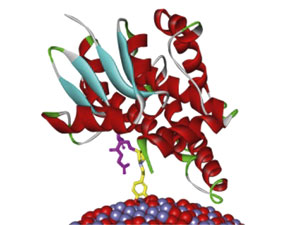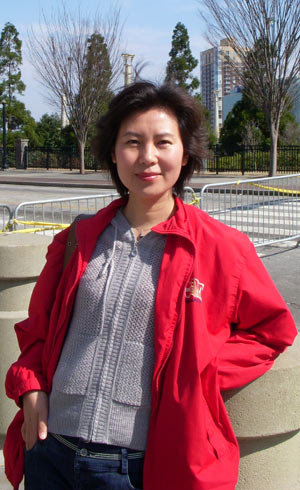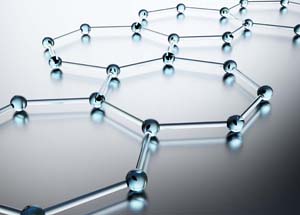Challenges in Chemical Renewable Energy (ISACS12)
3 – 6 September 2013, Cambridge, UK
Confirmed invited speakers at include:
Photovoltaics
- Professor Sir Richard Friend
University of Cambridge, UK - Professor Tobin J. Marks
Northwestern University, USA
Solar Fuels
- Professor Daniel G. Nocera
MIT (Massachusetts Institute of Technology), USA - Professor Harry B. Gray
Caltech (California Institute of Technology), USA - Professor Dr Holger Dau
Freie Universität Berlin, Germany - Professor Emily A. Carter
Princeton University, USA
New battery materials
- Professor Jean-Marie Tarascon
University of Picardie Jules Verne, France - Professor Yang Shao-Horn
MIT (Massachusetts Institute of Technology), USA - Professor Peter G. Bruce
University of St Andrews, UK
Fuel cells
- Professor Sossina M. Haile
Caltech (California Institute of Technology), USA - Professor Fraser A. Armstrong
University of Oxford, UK - Professor Ib Chorkendorff
Technical University of Denmark
Molecular catalysis including bioinspired
- Professor Shunichi Fukuzumi
Osaka University, Japan - Professor Licheng Sun
KTH Royal Institute of Technology, Sweden - Professor Matthias Beller
Leibniz-Institut für Katalyse, Germany
ISACS 12 is now open for oral abstract submissions – submit your abstract for this exciting conference.
For more information visit the ISACS 12 website.Oral abstract deadline 3 May 2013
Poster abstract deadline 21 June 2013
Early bird registration deadline 12 July 2013
Important Deadlines:















